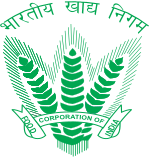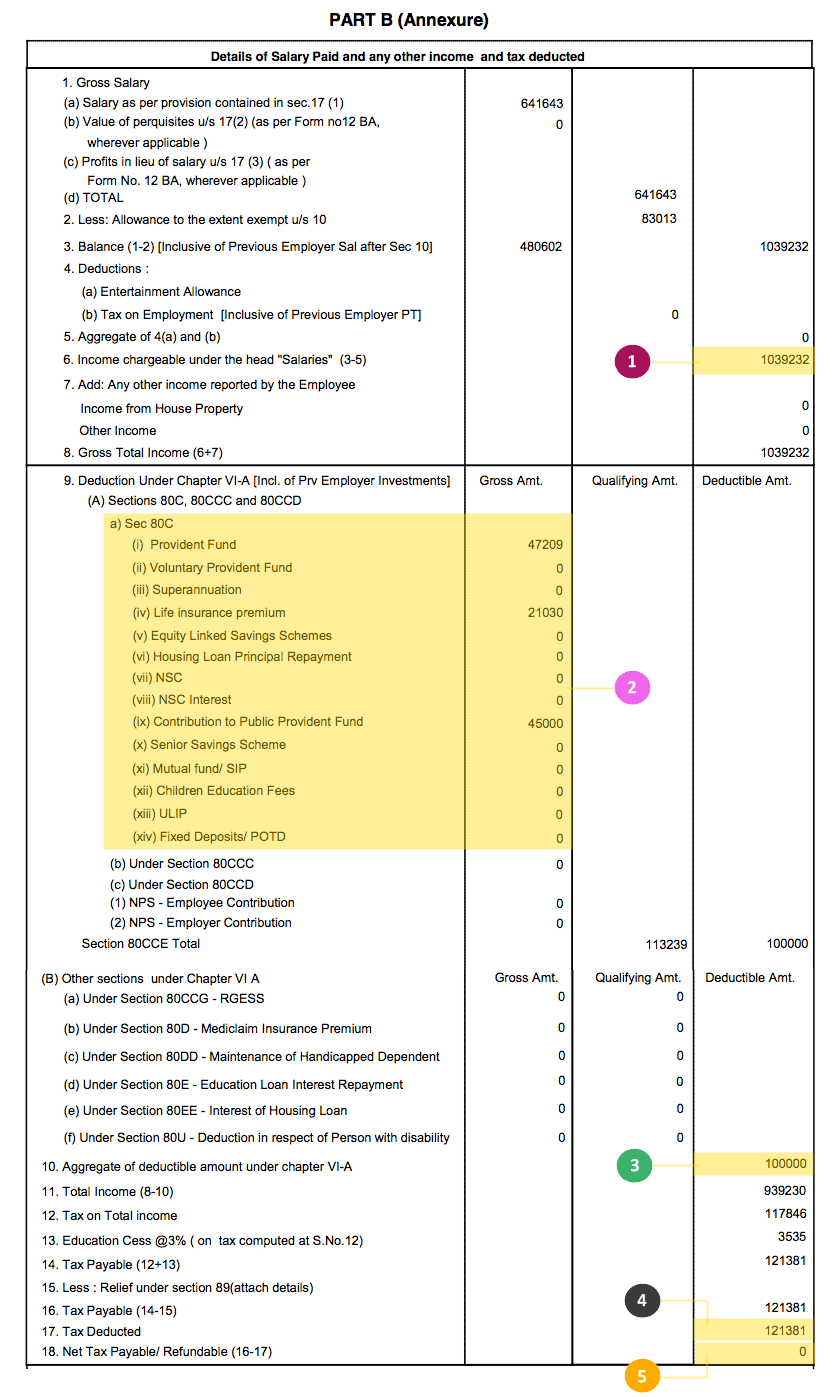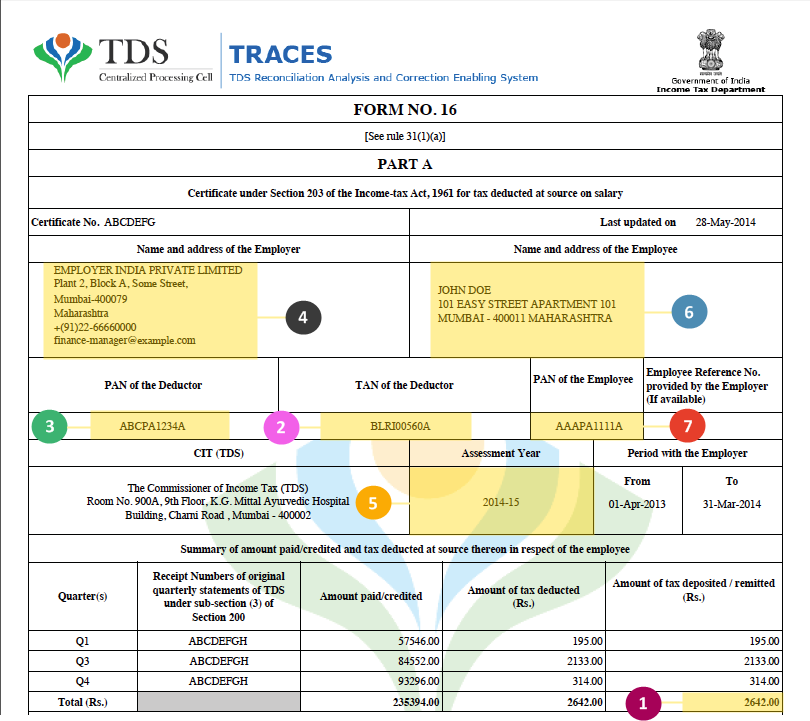What Is Chemistry?
By Mary Bagley, Live Science Contributor | May 30, 2014 01:18am ET
|
|
|
|
Doctors, nurses and veterinarians must study chemistry, but understanding basic chemistry concepts is important for almost every profession. Chemistry is part of everything in our lives.
Every material in existence is made up of matter — even our own bodies. Chemistry is involved in everything we do, from growing and cooking food to cleaning our homes and bodies to launching a space shuttle. Chemistry is one of the physical sciences that help us to describe and explain our world.
Five branches
There are five main branches of chemistry, each of which has many areas of study.Analytical chemistry uses qualitative and quantitative observation to identify and measure the physical and chemical properties of substances. In a sense, all chemistry is analytical.
Physical chemistry combines chemistry with physics. Physical chemists study how matter and energy interact. Thermodynamics and quantum mechanics are two of the important branches of physical chemistry.
Organic chemistry specifically studies compounds that contain the element carbon. Carbon has many unique properties that allow it to form complex chemical bonds and very large molecules. Organic chemistry is known as the “Chemistry of Life” because all of the molecules that make up living tissue have carbon as part of their makeup.
Inorganic chemistry studies materials such as metals and gases that do not have carbon as part of their makeup.
Biochemistry is the study of chemical processes that occur within living organisms.
Fields of study
Within these broad categories are countless fields of study, many of which have important effects on our daily life. Chemists improve many products, from the food we eat and the clothing we wear to the materials with which we build our homes. Chemistry helps to protect our environment and searches for new sources of energy.Food chemistry
Food science deals with the three biological components of food — carbohydrates, lipids and proteins. Carbohydrates are sugars and starches, the chemical fuels needed for our cells to function. Lipids are fats and oils and are essential parts of cell membranes and to lubricate and cushion organs within the body. Because fats have 2.25 times the energy per gram than either carbohydrates or proteins, many people try to limit their intake to avoid becoming overweight. Proteins are complex molecules composed of from 100 to 500 or more amino acids that are chained together and folded into three-dimensional shapes necessary for the structure and function of every cell. Our bodies can synthesize some of the amino acids; however eight of them, the essential amino acids, must be taken in as part of our food. Food scientists are also concerned with the inorganic components of food such as its water content, minerals, vitamins and enzymes.Food chemists improve the quality, safety, storage and taste of our food. Food chemists may work for private industry to develop new products or improve processing. They may also work for government agencies such as the Food and Drug Administration to inspect food products and handlers to protect us from contamination or harmful practices. Food chemists test products to supply information used for the nutrition labels or to determine how packaging and storage affects the safety and quality of the food. Flavorists work with chemicals to change the taste of food. Chemists may also work on other ways to improve sensory appeal, such as enhancing color, odor or texture.
Environmental chemistry
Environmental chemists study how chemicals interact with the natural environment. Environmental chemistry is an interdisciplinary study that involves both analytical chemistry and an understanding of environmental science. Environmental chemists must first understand the chemicals and chemical reactions present in natural processes in the soil water and air. Sampling and analysis can then determine if human activities have contaminated the environment or caused harmful reactions to affect it.Water quality is an important area of environmental chemistry. “Pure” water does not exist in nature; it always has some minerals or other substance dissolved in it. Water quality chemists test rivers, lakes and ocean water for characteristics such as dissolved oxygen, salinity, turbidity, suspended sediments, and pH. Water destined for human consumption must be free of harmful contaminants and may be treated with additives like fluoride and chlorine to increase its safety.
Agricultural chemistry
Agricultural chemistry is concerned with the substances and chemical reactions that are involved with the production, protection and use of crops and livestock. It is a highly interdisciplinary field that relies on ties to many other sciences. Agricultural chemists may work with the Department of Agriculture, the Environmental Protection Agency, the Food and Drug Administration or for private industry. Agricultural chemists develop fertilizers, insecticides and herbicides necessary for large-scale crop production. They must also monitor how these products are used and their impacts on the environment. Nutritional supplements are developed to increase the productivity of meat and dairy herds.Agricultural biotechnology is a fast-growing focus for many agricultural chemists. Genetically manipulating crops to be resistant to the herbicides used to control weeds in the fields requires detailed understanding of both the plants and the chemicals at the molecular level. Biochemists must understand genetics, chemistry and business needs to develop crops that are easier to transport or that have a longer shelf life.
Chemical engineering
Chemical engineers research and develop new materials or processes that involve chemical reactions. Chemical engineering combines a background in chemistry with engineering and economics concepts to solve technological problems. Chemical engineering jobs fall into two main groups: industrial applications and development of new products.Industries require chemical engineers to devise new ways to make the manufacturing of their products easier and more cost effective. Chemical engineers are involved in designing and operating processing plants, develop safety procedures for handling dangerous materials, and supervise the manufacture of nearly every product we use. Chemical engineers work to develop new products and processes in every field from pharmaceuticals to fuels and computer components.
Geochemistry
Geochemists combine chemistry and geology to study the makeup and interaction between substances found in the Earth. Geochemists may spend more time in field studies than other types of chemists. Many work for the U.S. Geological Survey or the Environmental Protection Agency in determining how mining operations and waste can affect water quality and the environment. They may travel to remote abandoned mines to collect samples and perform rough field evaluations, and then follow a stream through its watershed to evaluate how contaminants are moving through the system. Petroleum geochemists are employed by oil and gas companies to help find new energy reserves. They may also work on pipelines and oil rigs to prevent chemical reactions that could cause explosions or spills.Further reading:
Editor's Recommendations
More from LiveScience










